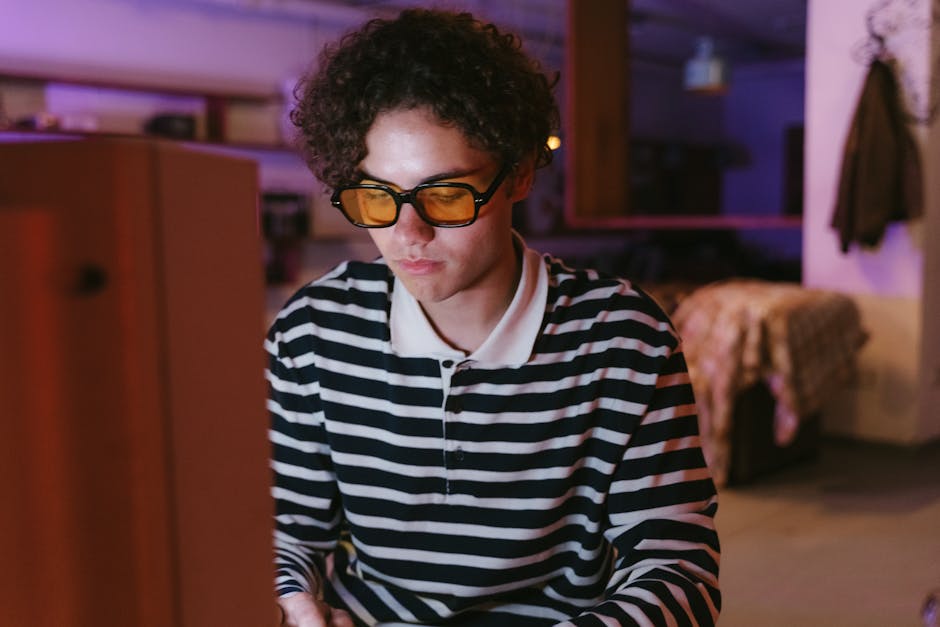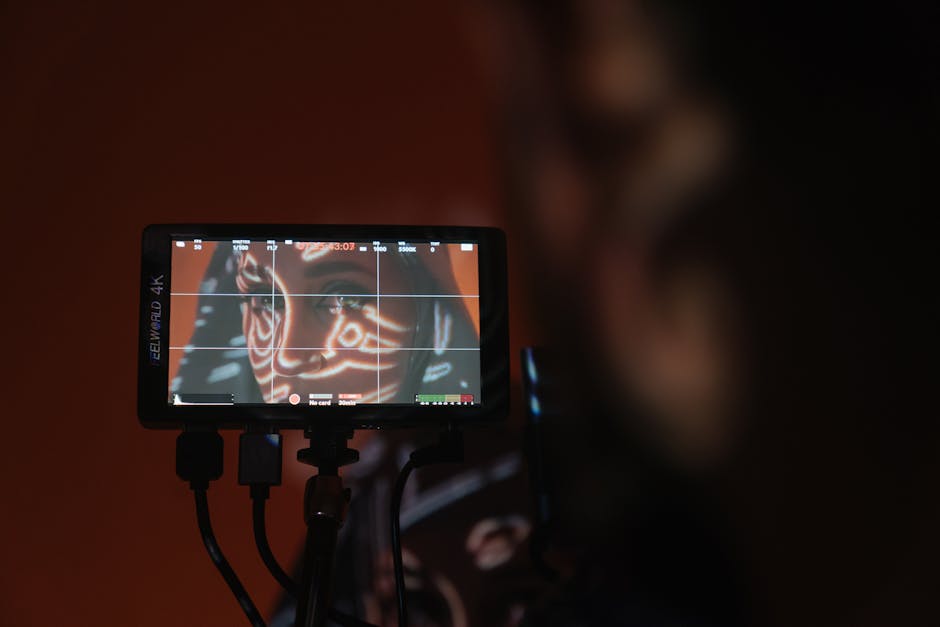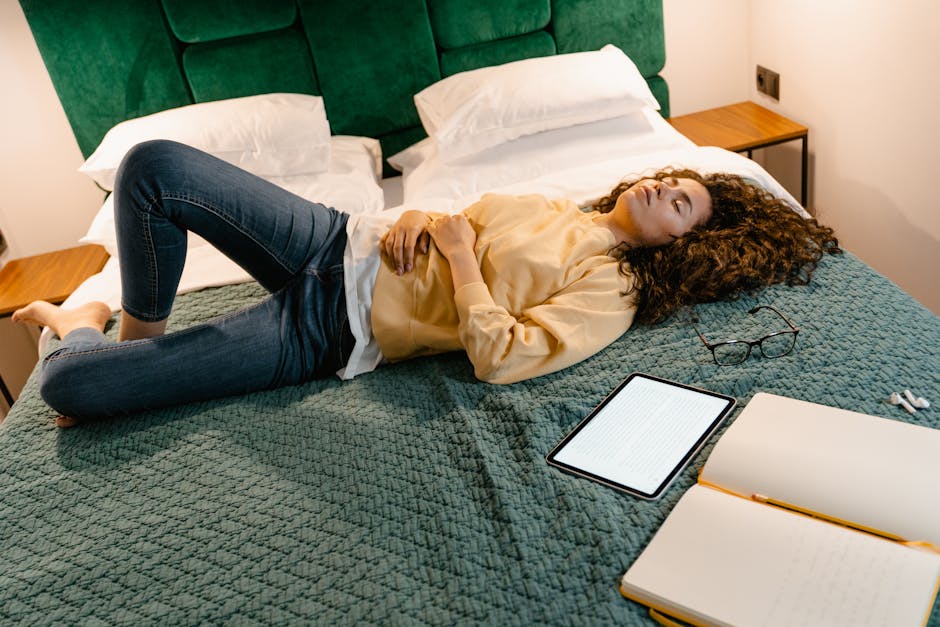Screen Time: Safeguarding Your Eyes
Did you know that the average person spends over seven hours a day staring at screens? That’s a lot of time! Whether it’s your phone, computer, or TV, screen time is part of our everyday lives. But what does all that screen time mean for your eyes? Lets dive into how you can protect your vision while still enjoying your favorite devices.
What Happens When We Stare at Screens?

When you look at screens, your eyes work hard. They focus, blink, and adjust to changing light. This can lead to something called digital eye strain. Symptoms can include:
- Dry eyes
- Blurred vision
- Headaches
- Neck and shoulder pain
Each of these can be annoying, but they’re often temporary. Taking breaks and knowing how to care for your eyes can help.
How Can I Reduce Eye Strain?

Reducing eye strain is easier than you might think. Here are some simple tips:
- Follow the 20-20-20 rule: Every 20 minutes, look at something 20 feet away for at least 20 seconds.
- Adjust your screen: Keep screens about an arm’s length away and slightly below eye level.
- Take breaks: Stand up, stretch, and walk around every hour.
- Blink often: This keeps your eyes moist and reduces dryness.
These small steps can make a big difference in how your eyes feel during and after screen time.
Are All Screens Created Equal?

Not all screens are the same. Different devices emit varying types of light. For instance, blue light is common in many screens and can affect your sleep. Heres a quick breakdown:
- Smartphones and tablets: These often have high blue light exposure.
- Computers: They can also emit significant blue light, especially when used for long periods.
- Televisions: Newer models usually have settings to reduce blue light exposure.
Understanding how each device affects your eyes can help you make healthier choices.
What Can I Do About Blue Light?

Blue light is a hot topic. it’s said to disrupt sleep and cause eye strain. But don’t worry; there are ways to minimize it’s effects:
- Use blue light filters: Many devices now have built-in settings that reduce blue light.
- Wear blue light blocking glasses: These can help filter out harmful light while you work or play.
- Limit screen time before bed: Try to avoid screens for at least an hour before sleep to improve your rest.
Making these adjustments can help protect your eyes and ensure better sleep quality.
How Important is Outdoor Time for Eye Health?
Getting outside is not just fun; it’s crucial for your eye health! Studies show that spending time outdoors can lower the risk of nearsightedness in children and teens. Heres why:
- Natural light: Sunlight helps keep your eyes healthy and can improve mood.
- Diverse focus: Looking at different distances during outdoor activities gives your eyes a workout.
Even a short walk outside can be beneficial. Try to incorporate outdoor time into your daily routine.
What Should I Know About Eye Exams?
Regular eye exams are a key part of eye health. They can catch problems early, even if you feel fine. Heres what to expect:
- Eye exams can detect vision changes, eye diseases, and overall health issues.
- You should have an eye exam every one to two years, depending on your age and needs.
If you experience discomfort, don’t wait! Schedule an appointment with an eye care professional.
What About Screen Time for Kids?
Kids today are growing up in a screen-filled world. it’s important to set limits. The American Academy of Pediatrics recommends:
- For children 2 to 5 years old, limit screen time to one hour per day.
- For kids 6 years and older, ensure screen time doesnt interfere with sleep, physical activity, and other healthy behaviors.
Encouraging outdoor play and family time without screens can benefit their health and development.
Are There Apps to Help Monitor Screen Time?
Yes! Many apps can help you monitor and manage screen time. Some popular options include:
- Screen Time: This app tracks usage and allows you to set limits.
- Moment: This app helps track how much time you spend on your phone.
- FamilyTime: This is great for parents wanting to manage their children’s screen time.
These tools can make it easier to maintain a healthy balance.
How Can I Make Eye Health a Family Priority?
Making eye health a family affair is a great way to ensure everyone is on board. Here are some ideas:
- Plan regular family outdoor activities.
- Establish screen-free zones at home, like during dinner.
- Make eye exams a family eventeveryone goes together!
When everyone participates, it becomes a shared goal, making it more likely to succeed.
What Are the Takeaways?
Protecting your eyes in a screen-driven world is vital. Heres a quick recap:
- Follow the 20-20-20 rule to reduce strain.
- Limit blue light exposure by using filters or glasses.
- Get outside for natural light and diverse focus.
- Schedule regular eye exams for everyone in the family.
- Use apps to monitor and control screen time.
Taking these steps can keep your eyes healthy while still enjoying the digital world.
Remember, your eyes are precious. Treat them right, and theyll serve you well for years to come. If you’re interested in learning more about eye health, check out the American Academy of Ophthalmology for additional resources.



